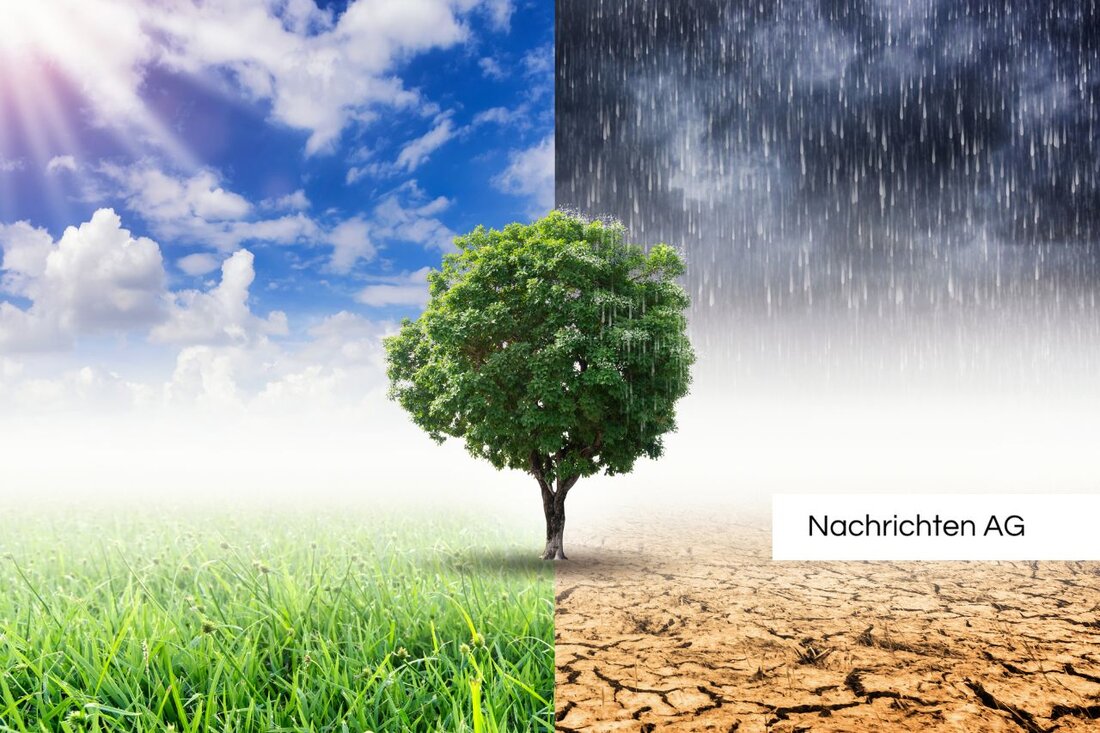21 new hackberry trees for Löbtau: A green living space is created!
In Dresden-Löbtau, 21 European hackberry trees will be planted by December to improve the city's climate and promote biodiversity.

21 new hackberry trees for Löbtau: A green living space is created!
In Löbtau, one of Dresden's lively districts, another Green Thumb campaign has been rolling out since Monday. There, 21 European hackberry trees will be planted on the eastern side of Deubener Strasse, an important step towards greater biodiversity and urban quality of life. So far, not a single street tree has been found at this point, as Sascha Döll, head of the city green office, explains. The planting not only beautifies the cityscape, but also provides shade, fresh greenery and a habitat for insects.
But that's not all: parts of Deubener Strasse have been closed since the beginning of October in order to carry out the necessary work. These planting measures should be completed by December. The European hackberry tree was chosen for its robustness. It is considered a sustainable urban tree that defies heat and drought and has a positive influence on the urban climate. It also offers bees and other insects a welcome source of food through its blooming flowers.
A contribution to biodiversity
The new tree population will increase biodiversity in Dresden, as so far only a few hackberry trees can be found in the city area. This planting campaign takes place in three phases, ranging from Kesselsdorfer Straße to Clara-Zetkin-Straße. Parking and street traffic will be restricted on one side during construction and planting work. The financial resources amount to around 251,000 euros, with around 160,000 euros coming from federal funds from the “Natural Climate Protection in Municipalities” program, while the Cotta district contributes 40,000 euros.
Another aspect that underlines the importance of trees is their role in urban planning. As studies by the Karlsruhe Institute of Technology show, green spaces with a high number of trees significantly improve air quality and are urgently needed recreational spaces for the city population. Especially in times of extreme weather, trees protect urban areas from heat and promote rainwater infiltration. Research suggests that increasing tree cover by at least 30 percent could reduce the annual number of extreme heat hours by almost 64 percent - an important consideration for growing Dresden.
An edible contribution to the city
An interesting facet of the hackberry trees is their fruit, which is used in various desserts and jams in southern Italy. In Dresden, this tree should not only help beautify the streetscape, but also serve as a source of food and invite residents to enjoy it. As the city administration emphasizes, such trees are ideal for creating an urban environment that benefits both people and nature.
With the planting of hackberry trees, Dresden not only shows a good knack for sustainable urban planning, but also sets a clear emphasis on measures that improve the urban climate and increase the quality of life. Citizens can be curious to see how the image of Deubener Strasse will change in the coming months.
For more information on the tree plantings report Sächsische.de detailed information about the developments. The city of Dresden also provides information about the measures dresden.de, while the Karlsruhe Institute of Technology points to the overarching benefits of trees in cities in their studies you on kit.edu can find.

 Suche
Suche
 Mein Konto
Mein Konto